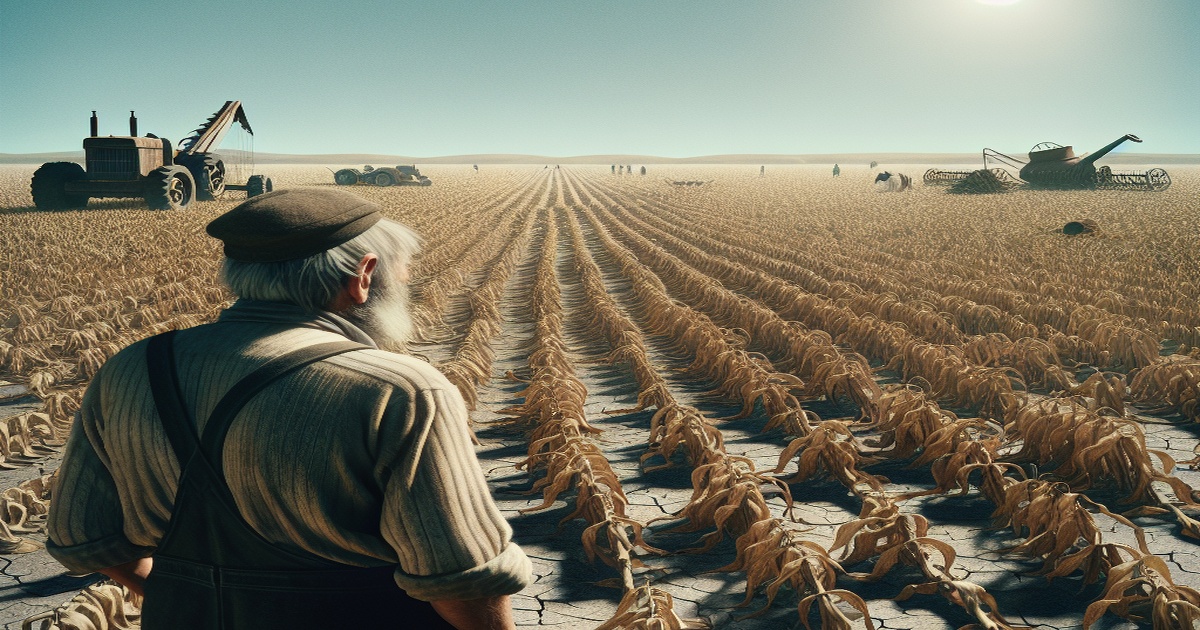In the town of Veinticinco de Mayo, located about 200 kilometers west of Buenos Aires, seasoned farmer Dario Sabini surveys his cornfield with concern. The corn, which should be green and vigorous at this stage of the season, now shows signs of decay with yellowing leaves and unusually small cobs. Sabini lamented that the dry conditions have already caused irreversible damage to many of his plants, reflecting the harsh realities faced by rural producers in this region.
The extreme weather conditions, exacerbated by the La Niña phenomenon, have forced grains exchanges in Argentina to significantly reduce their crop estimates. Although the official forecasts predict 49.6 million tons of soybeans and 49 million tons of corn for the 2024-25 harvest, farmers and experts alike fear that actual yields may be substantially lower. Agro-climatologist Eduardo Sierra warned that any delay in rainfall could lead to a further weekly loss of approximately 5 million tons per crop, with preliminary figures suggesting a drop toward 40 million tons.
Farmers such as Juan Gardey and Jose Cozzi describe the situation as grim, with the crops showing widespread signs of stress, like aborted flowers and halted development. The dire circumstances come at a critical time for Argentina, a nation heavily dependent on grain exports to generate foreign currency needed to stabilize its economy and government finances.
In response to the worsening conditions, the government of President Javier Milei recently implemented tax cuts on agricultural exports, aiming to accelerate grain sales. However, local farmers indicate that these cuts have not yet translated into meaningful improvements in soybean prices or in overall financial relief. With a future highly dependent on unpredictable rainfall patterns, many in the farming community remain anxious about the sustainability of their yields and the overall impact on Argentina’s export-driven economy.







9 Comments
Katchuka
“A much-needed reality check—climate shifts like La Niña are dramatically affecting yields and livelihoods.”
KittyKat
“The numbers mentioned are just forecasts—they don’t always reflect the true state of affairs on the ground.”
Noir Black
“At some point, continuous negative spin just becomes counterproductive. Farming is cyclical, not an ongoing disaster.”
KittyKat
“Excellent reporting on the real impact of weather extremes. Farmers deserve policies that address these risks.”
The Truth
“Farmers have been through worse. This text ignores the countless times they’ve bounced back.”
Answer
“It looks like an attempt to push a narrative that the government’s policies are failing when they’re doing all they can.”
Muchacha
“Extreme conditions happen; not every season can be picture perfect. We need to stop exaggerating the issue.”
The Truth
“So much for blaming La Niña—farmer resilience is underplayed in favor of a sensational story.”
Marishka
“The article seems designed more to scare investors than to provide a balanced look at real challenges.”